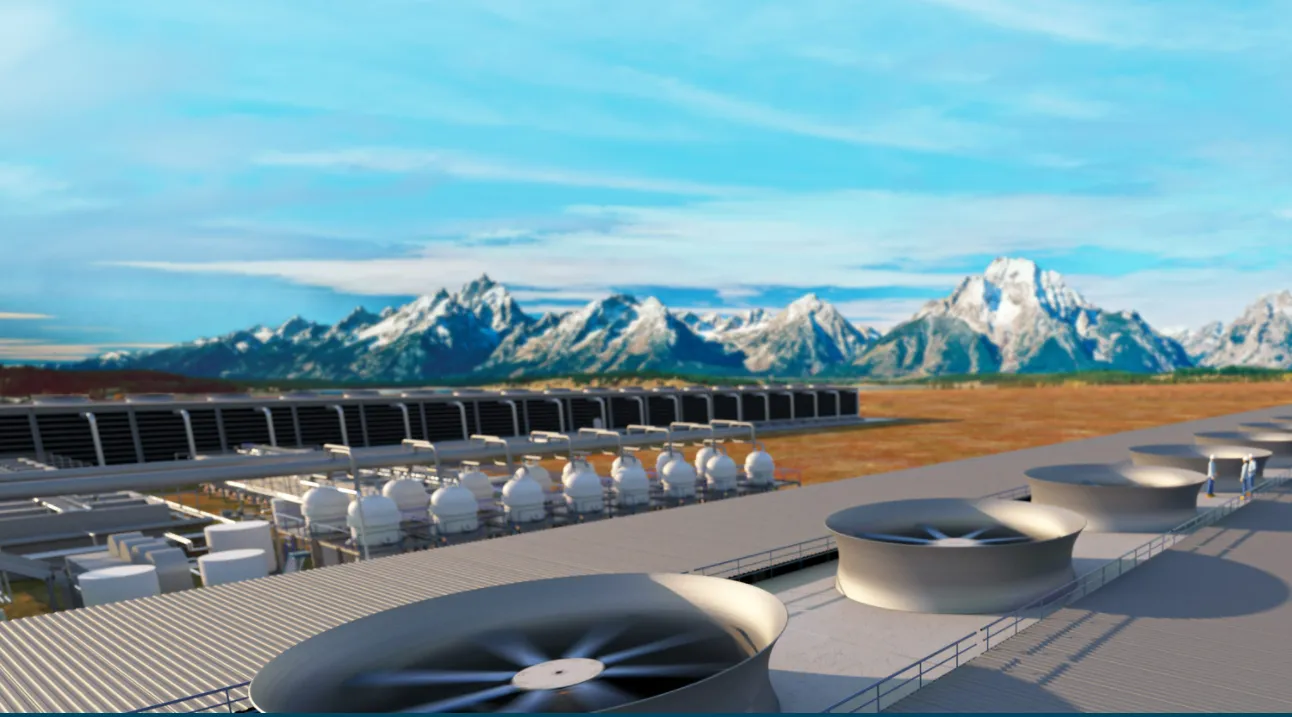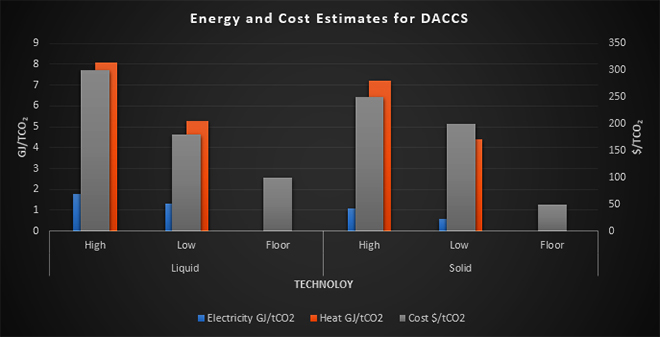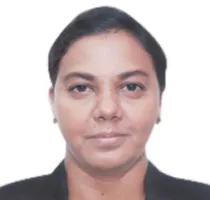-
CENTRES
Progammes & Centres
Location
DACCS technologies can help mitigate climate crisis by reducing CO2 emission, however, there are certain limitations, therefore, these needs to be enrolled alongside other carbon sequestration methods.

This article is part of the series Comprehensive Energy Monitor : India and the World
Solid direct air capture technologies, currently at the research stage, use solid sorbent filters such as amine materials bonded to a porous solid support. A wider range of solid sorbents such as ionic membranes, zeolites, solid oxides that chemically bind with CO2 are being investigated.The CO2 in the atmosphere is much more dilute than the flue gas from a power station or a cement plant. This contributes to the higher energy needs and costs for direct air capture relative to other CO2 capture technologies and applications. CO2 needs to be compressed at a very high pressure to be injected into geological formations. This increases both the capital cost of the plant—due to the requirement for additional equipment such as a compressor—and the operating costs—to run the compressor. If the plant is located close to storage or utilisation site, the need for long-distance CO2 transport is eliminated thus reducing cost.
The main challenge for the plant is the cost of its service. While still unprofitable, the bulk of Climeworks’ revenue comes from corporate customers including Microsoft, Stripe, Shopify, and Swiss Re.This ambitious up-scaling of DACCS will require appropriate regulatory and policy intervention. Policy instruments and financial incentives supporting negative emission technologies are almost absent at a global scale, but the USA has initiated tax credit support for carbon capture technologies. A plant of Orca’s size is eligible for US federal tax credits equal to about US $ 35/tonne of CO2 (tCO2) used in enhanced oil recovery and US $50/tCO2 storage. It is also eligible for the California Low Carbon Fuel credit, if the CO2 is used to produce low-carbon transportation fuels. These credits traded at around US $ 180/tCO2 in 2019.
Compared to other sequestration options, capturing CO2 directly from the air presents several advantages. It can address distributed emissions, such as those from transport, aviation and intensive industrial sectors that account for almost 50 percent of total emissions.According to recent modelling studies, DACCS scale-up rates of 1.5 GtCO2/yr would require considerable sorbent production and up to 300 EJ/yr (Exajoules per year) of energy input by 2100. In 2100 it is estimated that DACCS could require around 50 EJ/yr of electricity, that is more than half of today’s total production (and about 10–15 percent of the global generation projected in 2100) and 250 EJ/yr of heat, representing more than half of today’s final energy consumption globally. To avoid additional infrastructure and pipelines to meet the energy needs of DACCS plants, they need to be co-located close to industrial facilities where waste heat is recovered, but this will limit the decentralization advantage of this technology. Models that assume that DACCS can be deployed at scale, conclude that if DACCS is not available for various reasons, it could lead to a global temperature overshoot of up to 0.8°C. The conclusion of these studies is that DACCS should be developed and deployed alongside, rather than instead of other mitigation options.
 Source: Realmonte, G. et al, “An inter-model assessment of the role of direct air capture in deep mitigation pathways”, Nature Communications, Vol. 10, 2019
Source: Realmonte, G. et al, “An inter-model assessment of the role of direct air capture in deep mitigation pathways”, Nature Communications, Vol. 10, 2019The views expressed above belong to the author(s). ORF research and analyses now available on Telegram! Click here to access our curated content — blogs, longforms and interviews.

Akhilesh Sati is a Programme Manager working under ORFs Energy Initiative for more than fifteen years. With Statistics as academic background his core area of ...
Read More +
Ms Powell has been with the ORF Centre for Resources Management for over eight years working on policy issues in Energy and Climate Change. Her ...
Read More +
Vinod Kumar, Assistant Manager, Energy and Climate Change Content Development of the Energy News Monitor Energy and Climate Change. Member of the Energy News Monitor production ...
Read More +